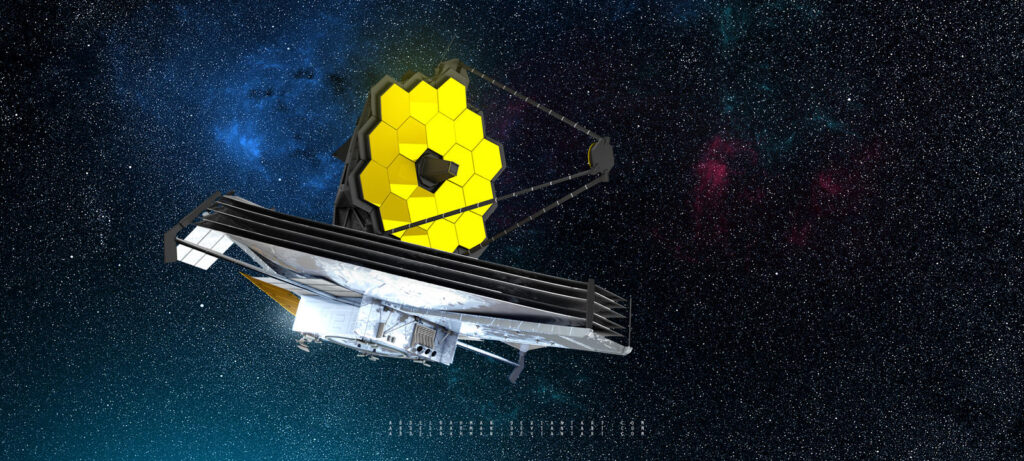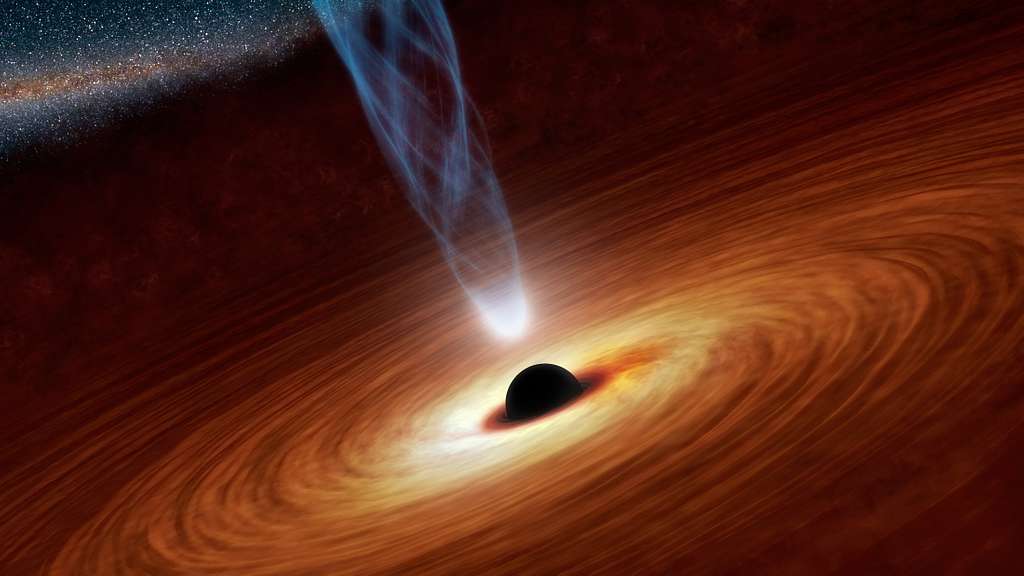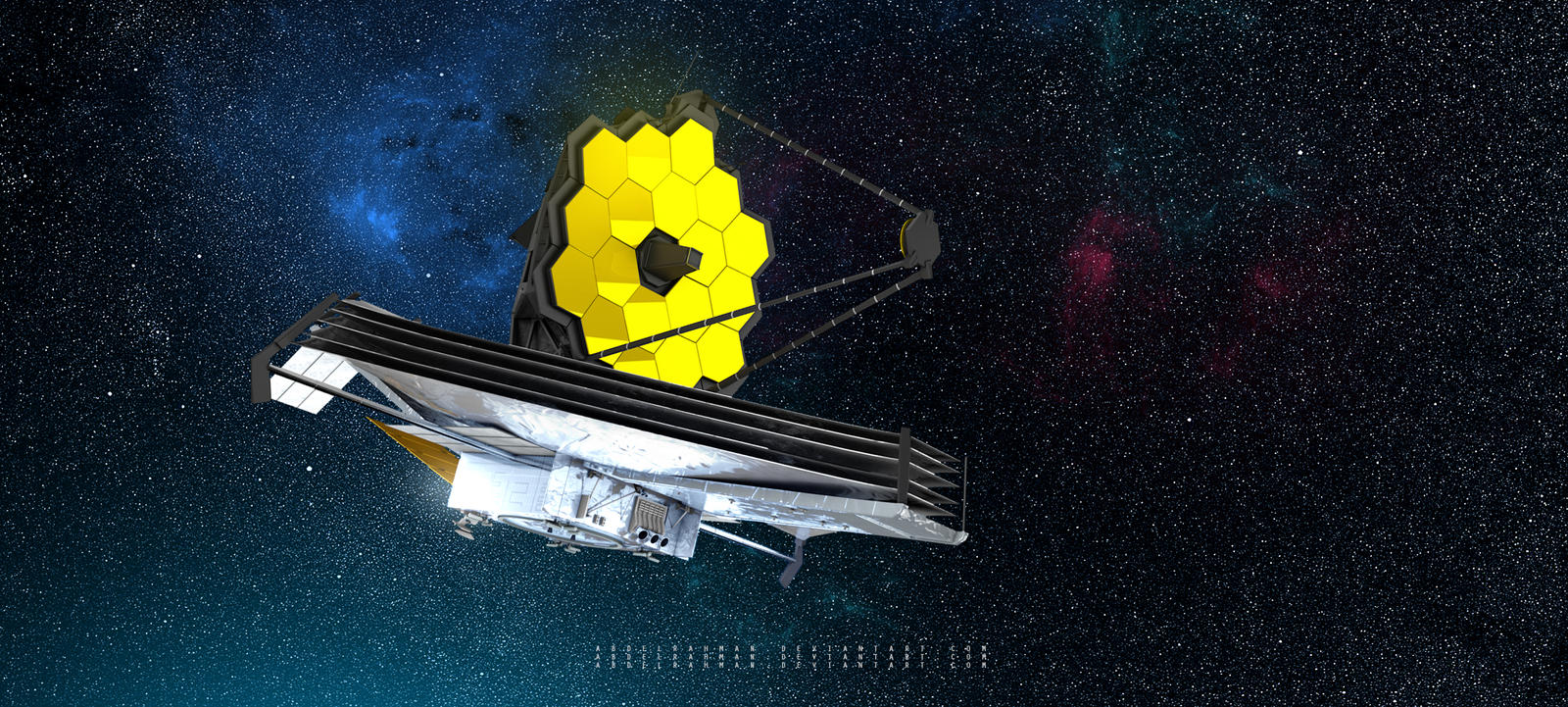Space has always been a realm of infinite wonder and mystery. From the time humans first gazed up at the night sky, we’ve been driven by curiosity to understand the cosmos. In recent years, advancements in technology and collaborative efforts by space agencies and scientists worldwide have led to groundbreaking discoveries. Let’s take a closer look at some of the most exciting recent developments in space exploration and what they mean for our understanding of the universe.
The James Webb Space Telescope: Unveiling the Universe’s Secrets
One of the most exciting moments in recent space exploration was the launch of the James Webb Space Telescope (JWST) in December 2021. Positioned nearly a million miles from Earth, the JWST is designed to look deeper into space and further back in time than any of its predecessors, including the Hubble Space Telescope.

In its first year of operation, the JWST has already delivered amazing images and data, revealing the universe in new ways. One of its biggest achievements was capturing the light from some of the earliest galaxies formed just a few hundred million years after the Big Bang. These observations are crucial for understanding the formation and evolution of galaxies, shedding light on the processes that shaped our cosmos.
The Perseverance Rover and Martian Mysteries
NASA’s Perseverance rover, which landed on Mars in February 2021, continues to captivate us with its exploration of the Red Planet. Equipped with a suite of instruments, Perseverance’s mission is to search for signs of ancient life and collect samples for future return to Earth.
One of the rover’s significant discoveries includes finding organic molecules in the Jezero Crater, a region believed to have once hosted a lake. These molecules are essential building blocks of life, and their presence suggests that Mars might have been habitable in the distant past. Additionally, Perseverance has been testing new technologies like the Ingenuity helicopter, which has achieved multiple successful flights, demonstrating the potential for aerial exploration on other planets.
Black Holes: New Insights and Discoveries
Black holes have always fascinated scientists with their mysterious presence and extreme gravitational forces. Recently, the Event Horizon Telescope (EHT) collaboration made headlines by capturing the first image of the supermassive black hole at the center of our galaxy, Sagittarius A*. This achievement follows the 2019 image of the black hole in the galaxy M87 and provides further insights into these cosmic objects.

These images are not just visually stunning; they are also scientifically valuable. They allow scientists to test theories of gravity and general relativity under extreme conditions. Understanding the behavior of matter and energy near black holes helps us comprehend fundamental aspects of the universe, including the nature of space-time itself.
Exoplanets: Expanding the Search for Life
The search for exoplanets—planets outside our solar system—has accelerated with the help of advanced telescopes and detection methods. The Transiting Exoplanet Survey Satellite (TESS) and the Kepler Space Telescope have discovered thousands of exoplanets, many of which reside in the habitable zones of their stars, where conditions might be right for liquid water.
One of the most intriguing discoveries is the identification of exoplanets with Earth-like conditions. For instance, the exoplanet Proxima Centauri b, orbiting the closest star to our solar system, has a rocky composition and resides within the habitable zone. Studies of such planets are crucial for the ongoing quest to find extraterrestrial life and understand the diversity of planetary systems in the galaxy.
Gravitational Waves: Listening to the Universe
The detection of gravitational waves has opened a new window for observing the universe. First predicted by Albert Einstein, these ripples in space-time were directly observed for the first time in 2015 by the Laser Interferometer Gravitational-Wave Observatory (LIGO). Since then, numerous detections have been made, revealing the mergers of black holes and neutron stars.
Gravitational wave astronomy is still in its early stages, but it promises to revolutionize our understanding of the cosmos. By “listening” to these waves, scientists can gain insights into some of the most energetic processes in the universe, such as supernovae and the collisions of massive celestial bodies.
Conclusion: A Future of Endless Discovery
The latest discoveries in space are a testament to human ingenuity and the relentless pursuit of knowledge. From peering into the earliest moments of the universe with the JWST to exploring the surface of Mars with Perseverance, each breakthrough brings us closer to answering some of the most profound questions about our place in the cosmos.
As technology advances and international collaboration in space exploration grows, the future promises even more discoveries. Whether it’s finding signs of life on other planets, understanding the nature of dark matter and dark energy, or uncovering the secrets of black holes, the journey of discovery in space is far from over. The cosmos, in all its vastness and complexity, continues to inspire and challenge us, inviting us to explore and learn.
Meta Description:
Discover the latest space exploration breakthroughs, including the James Webb Space Telescope’s revelations, Mars Perseverance Rover’s findings, black hole images, exoplanet discoveries, and gravitational wave detection. Dive into the universe’s mysteries and the future of space exploration.
